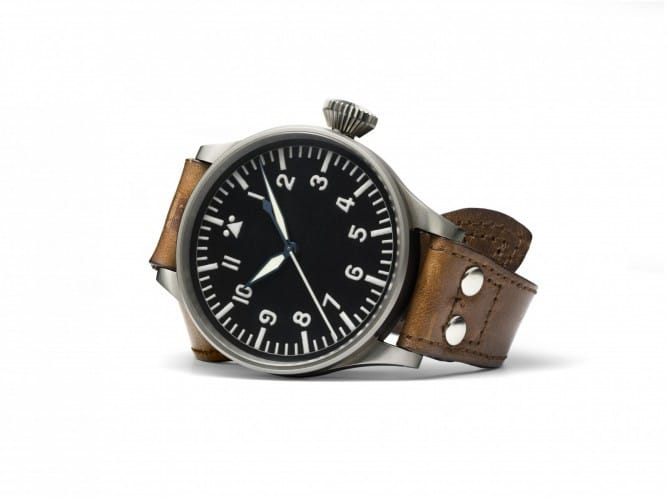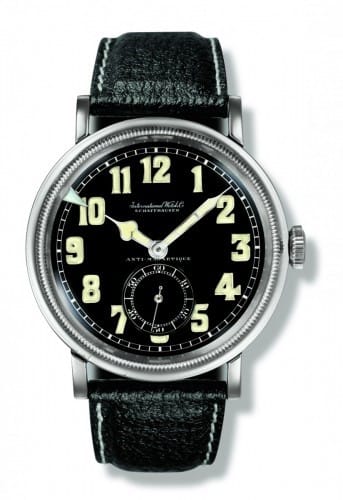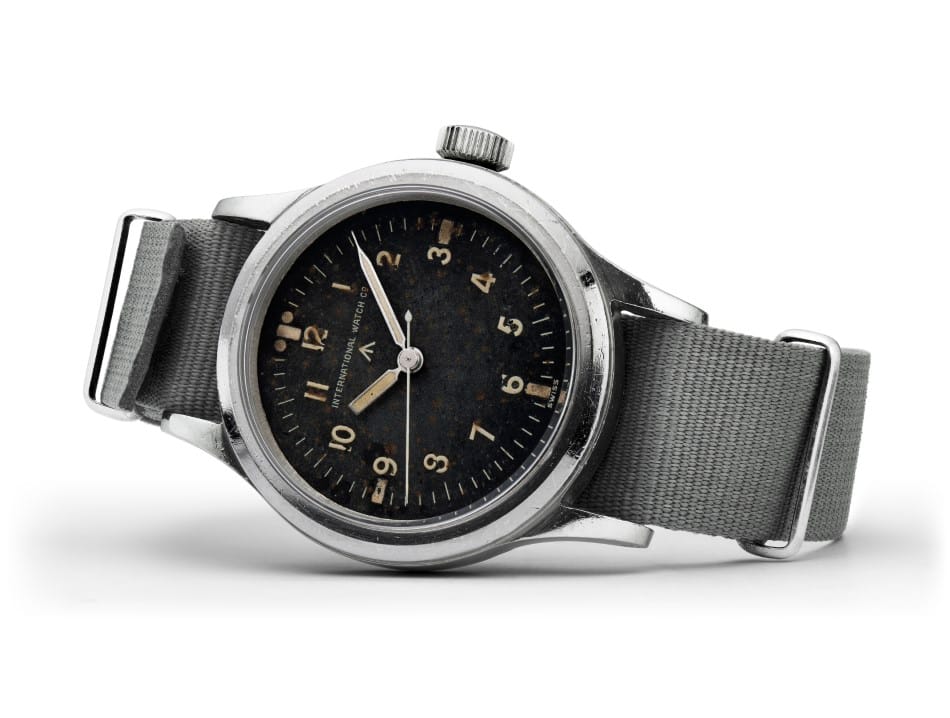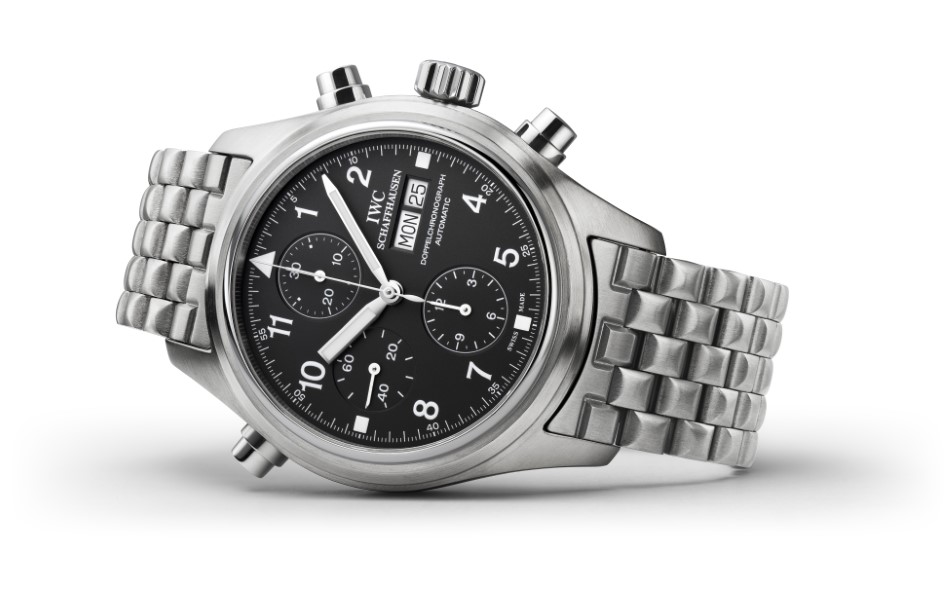For more than 80 years, the Pilot series watches transmit the magic of flight to their owners.
These luxury watches from Schaffhausen, with the characteristic design of a measuring instrument that roots in legendary navigation watches like Mark 11, will be the focus of its presence Swiss watch making in the upcoming International Salon from Haute Horlogerie (SIHH), held in Geneva from January 14 until 17, 2019.
The IWC chose Good wood in South England for the exclusive presentation of the first watches of the collection before they are presented in the exhibition.
The new models that will be presented will be
- Pilot’s Watch Double Chronograph TOP GUN Ceratanium
- Pilot’s Watch Chronograph TOP GUN
- Pilot’s Watch Chronograph TOP GUN Edition “Mojave Desert”
- Pilot’s Watch Automatic TOP GUN
Lets take a glance at the Historical watches
P I L O T ’ S WAT C H – D O U B L E C H R O N O G R A P H ( 1 9 92 ) Caliber A/79230, Reference IW3711, First manufactured in 1992
The first Pilot’s Watch – Double Chronograph made a spring time debut at the Basel Watch Fair in 1992, straight after IWC engineers had completed the project in February of that year. The green light to build a prototype was initially given by Günter Blümlein to IWC watchmaker Fred Ehrensperger, and although it was an ambitious project, Ehrensperger readily accepted the challenge. The aim was for IWC to become the first manufacturer to launch a wristwatch with a split-seconds chronograph and an automatic movement. Time for the project was extremely limited but in just three weeks – and after a series of long, sleepless nights – Ehrensperger managed to complete 15 watches to be presented at the Basel Watch Fair. The innovative design featured an extremely delicate module, which enabled the user to mechanically measure two different times simultaneously, or an unlimited number of intermediate times.
 B I G P I L O T ’ S WAT C H ( 1 9 4 0 ) Caliber H/52 T.S.C., Reference IW431, First manufactured in 1940
B I G P I L O T ’ S WAT C H ( 1 9 4 0 ) Caliber H/52 T.S.C., Reference IW431, First manufactured in 1940
The Big Pilot’s Watch was supplied to the Luftwaffe German Air Force in 1940 in an edition of 1,000 pieces. Constructed according to strict criteria for observation watches, it is the biggest wristwatch ever built by IWC, with a case diameter of 55 mm, a height of 16.5 mm, and a weight of 183 g.

S P E C I A L WAT C H F O R P I L O T S ( 1 93 6 ) Caliber H/83, Reference IW436, First manufactured in 1936
From a very early stage IWC focused on the production of technically advanced watches, designed especially for aviation, and the company is a real pioneer in this field. The progress made in flying and navigation had created a growing need for equipment which offered maximum reliability under tough conditions. Ernst Jakob Homberger (1869-1955), IWC Managing Director during the 1930s, had two sons who were so passionate about aviation that they decided to manufacture the first IWC “Special Watch for Pilots” in 1936. The design included shatterproof glass, a rotating bezel with an index for recording short periods of time, an antimagnetic escapement, together with high-contrast luminescent hands and numerals. The watch was particularly robust and resistant to fluctuations in temperature within a range of -40 to +40 degrees Celsius.
 P I L O T ’ S W R I S T WAT C H M A R K 1 1 ( 1 9 4 8 ) A N D “ 1 2 ” D I A L ( 1 9 4 8 ) Caliber H/ 89, No official reference (Historical timepiece), First manufactured in 1948
P I L O T ’ S W R I S T WAT C H M A R K 1 1 ( 1 9 4 8 ) A N D “ 1 2 ” D I A L ( 1 9 4 8 ) Caliber H/ 89, No official reference (Historical timepiece), First manufactured in 1948
In response to a product order from the British Government in 1948, IWC developed a service watch for pilots in the Royal Air Force (RAF). The technical specifications stipulated by the RAF were very strict with a special demand that the movement be protected against magnetic fields. The production of the legendary Mark 11 began in 1948 and by November 1949, the watch was being supplied to airborne personnel of the RAF and other Commonwealth nations. It remained in service until 1981. The watch features the original radium RAF dial used between 1949 and 1952, which is often referred to by collectors as the “White 12” dial.





